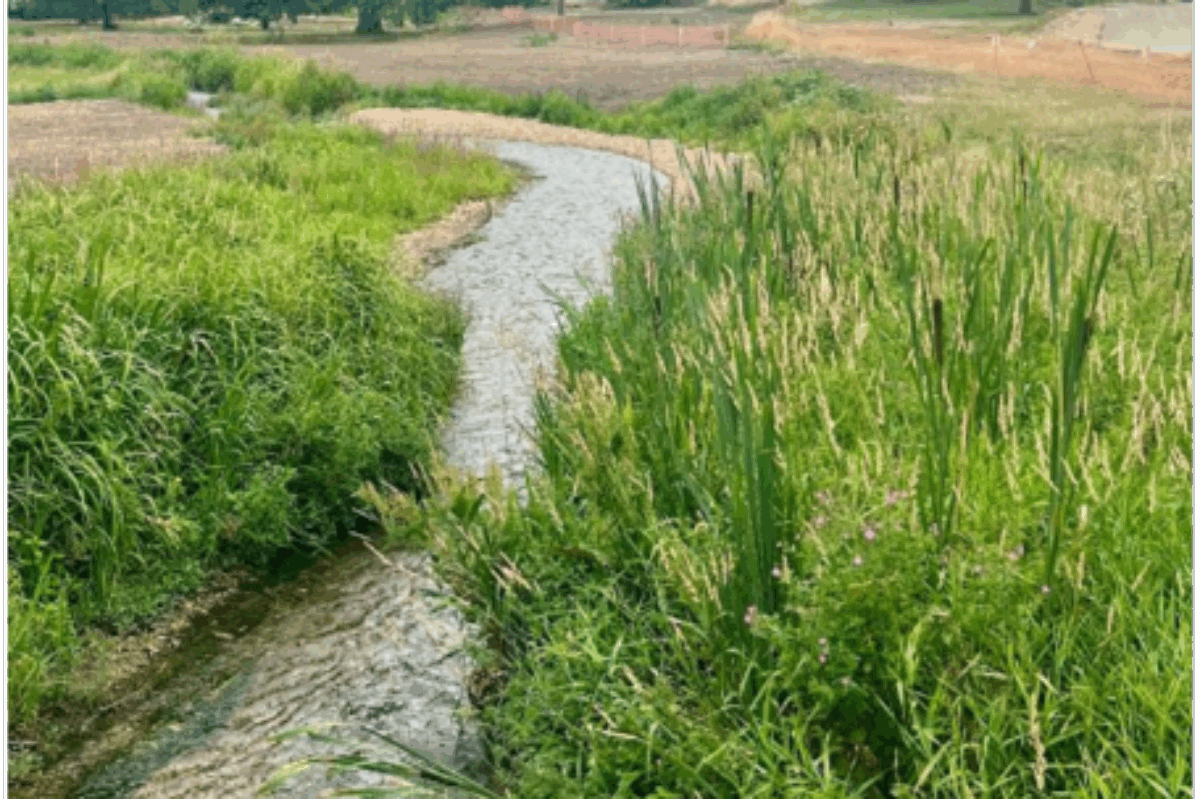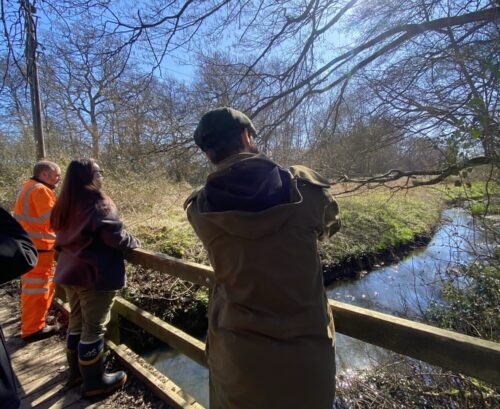How Do You Eat An Elephant?
Our Natural Capital Director, Tom Grayling, addressed this question at the annual IFM (Institute of Fisheries Management) conference on Tuesday.
Tom gave a well attended talk on the first day of the conference, discussing the River Thames and it’s catchment scale ambitious and complex restoration.
The restoration of the River Thames catchment is one of the most ambitious and complex ecological challenges in the UK. As the old saying goes, “How do you eat an elephant? One bite at a time.” That metaphor captures the spirit of this journey, step by step, reach by reach, river by river. From the early days of isolated projects to today’s integrated, catchment-based programmes, the story of the Thames is one of constant evolution. Science, policy, and community action have advanced hand in hand to tackle growing environmental pressures.
A walk through time – how did we get here?
Once, the River Thames was full of life. Salmon swam upstream each year, and its backwaters teemed with aquatic life. But as the population grew during the Industrial Revolution, the river changed. The Great Stink of 1858 made the problem impossible to ignore, as Parliament itself was overcome by the smell. The Thames, once vibrant and rich, had a grim reflection of industrial progress unchecked.
Long before the river began to recover, people were already trying to preserve what was left. The Salmon Fishery Act of 1861 laid down the first real rules for protecting salmon and regulating fisheries across England, including the Thames. Around the same time, the Thames Conservancy was established to manage navigation, water quality, and fisheries on the river and its tributaries. They built fish passes, monitored water levels, and even tried restocking rivers with salmon and trout. These early efforts were patchy and limited by industrial pollution, but they marked the start of a long tradition of caring for the Thames and its tributaries.
Jump forward one hundred years and things really began to change as people realised laws alone were not enough. Legislation grew tighter and more sophisticated, protecting water quality, fish, and habitats. The third sector charities, angling clubs, and conservation groups started to play a bigger role, keeping watch on the river, campaigning and implementing improvements. The creation of the Environment Agency brought regulatory powers together, making enforcement more coordinated. Later, the European Union’s Water Framework Directive introduced a river basin management approach, looking at whole catchments rather than isolated stretches.
On the ground
So, what did this mean on the ground? In the 1990s, the Thames restoration movement was just getting started. Most projects were piecemeal one stretch might get a new fish pass, another a small habitat improvement usually in response to a local problem or visible degradation. Successes were real but isolated, with little coordination between agencies, funders, or local communities.
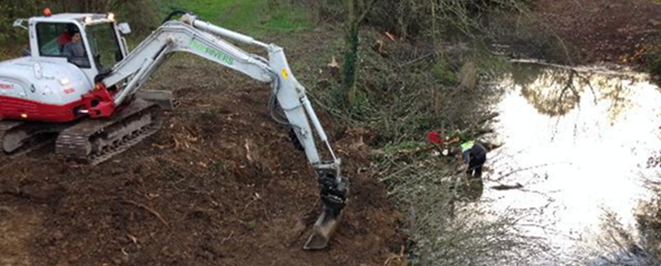
Tree hinging and berm creation on the River Cherwell.
By the early 2000s, the focus shifted to catchment-scale planning. Restoration was coordinated across tributaries and main channels, combining water quality improvements, habitat creation, and fish passage work. Multiple stakeholders Environment Agency, local councils, charities, anglers increased collaboration working together to plan projects strategically. By the 2010s, this approach had matured further. The Water Framework Directive had encouraged a connected, ecosystem-wide perspective.
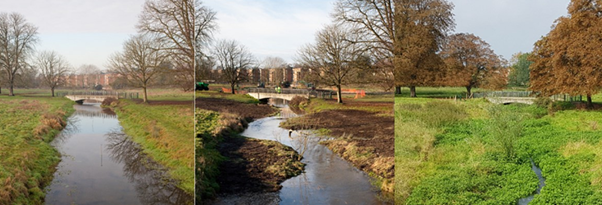
Restoring the Bulbourne, pre and post restoration.
By 2025, the Thames and its tributaries are benefiting from an unprecedented level of collaboration. Agencies, local authorities, charities, angling groups, water companies landowners, and funders are working together like never before, pooling expertise, resources, and budgets to achieve the best possible outcomes.
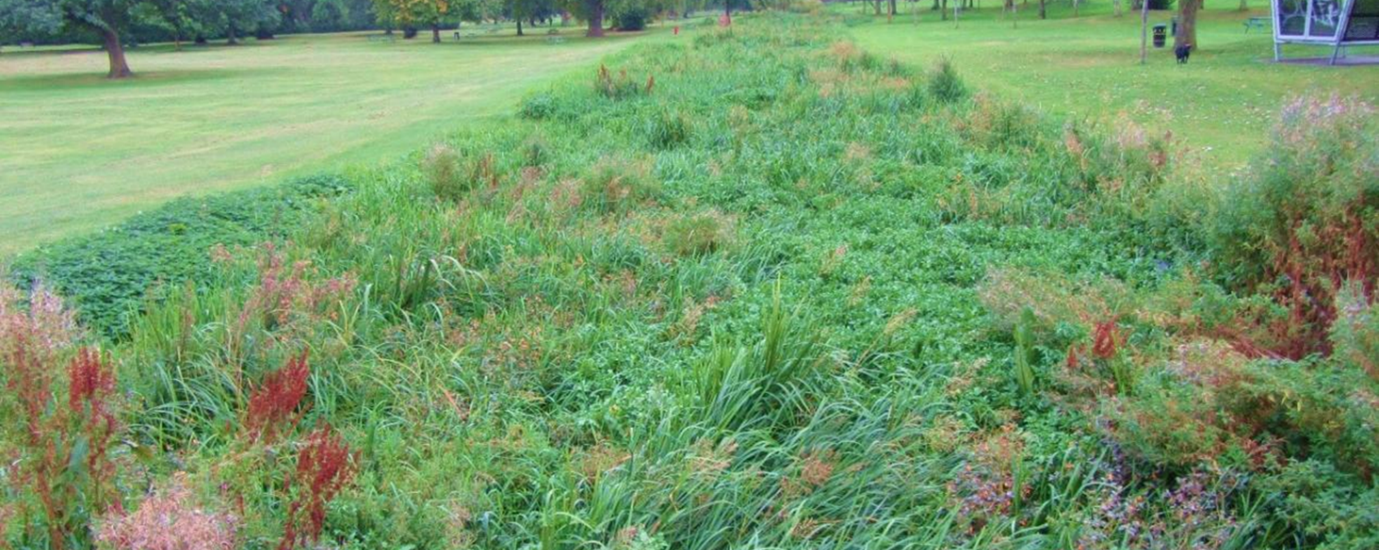
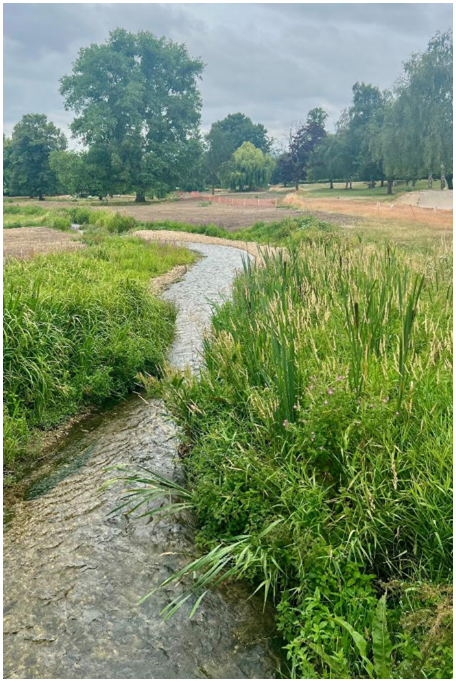
Pre and post restoration on the River Gade.
What does the future hold?
As we all know, the only constant in life is change. Looking to the future, the Thames and its tributaries face new opportunities and challenges. Political priorities, legislation, and societal pressures will continue to shape how we manage our rivers. Population growth, urban development, and increasing demands on water resources add complexity but also urgency to our work.
What is certain is that we remain deeply reliant on the natural resources and the ecosystem services they provide. Healthy fisheries need good water quality, diverse habitats, and resilient ecosystems. Initiatives like Biodiversity Net Gain, nature markets, and the expanding Water Industry National Environment Programme (WINEP) are opening new ways to fund, plan, and deliver environmental improvements at scale.
At the heart of it, improvements are driven by people their passion, expertise, and commitment. Working together, across agencies, communities, and sectors, we can protect and enhance the environment. Whether at a local or national scale, progress comes one step at a time. Every contribution matters. Every “bite” counts. By acting together, we ensure that the Thames and its fisheries continue to thrive for generations to come.
All river restoration projects mentioned were undertaken by FiveRivers.
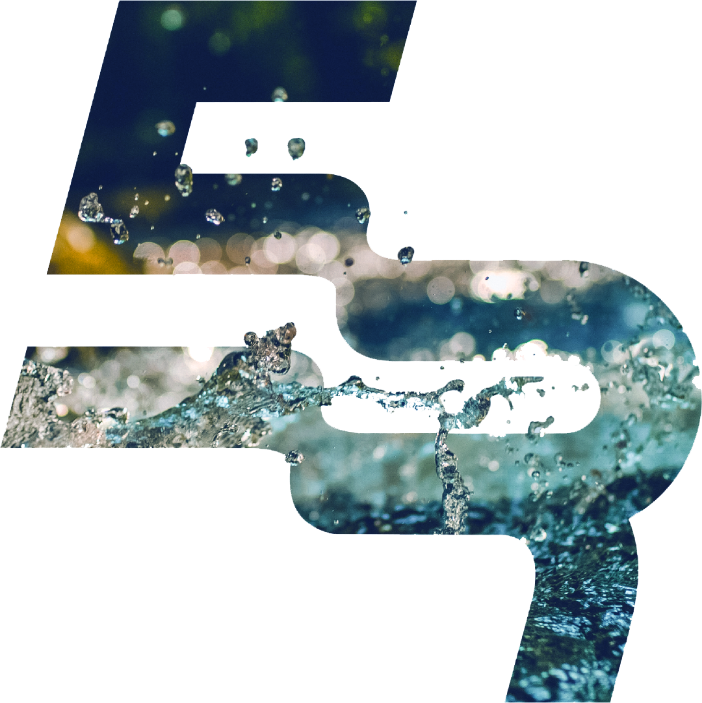
Newsletter
Keep in touch.
The natural choice for latest industry comment, news, insight and discussion

Thank you for booking.
To stay in touch, please sign up to our newsletter.
Return to five-rivers.com

